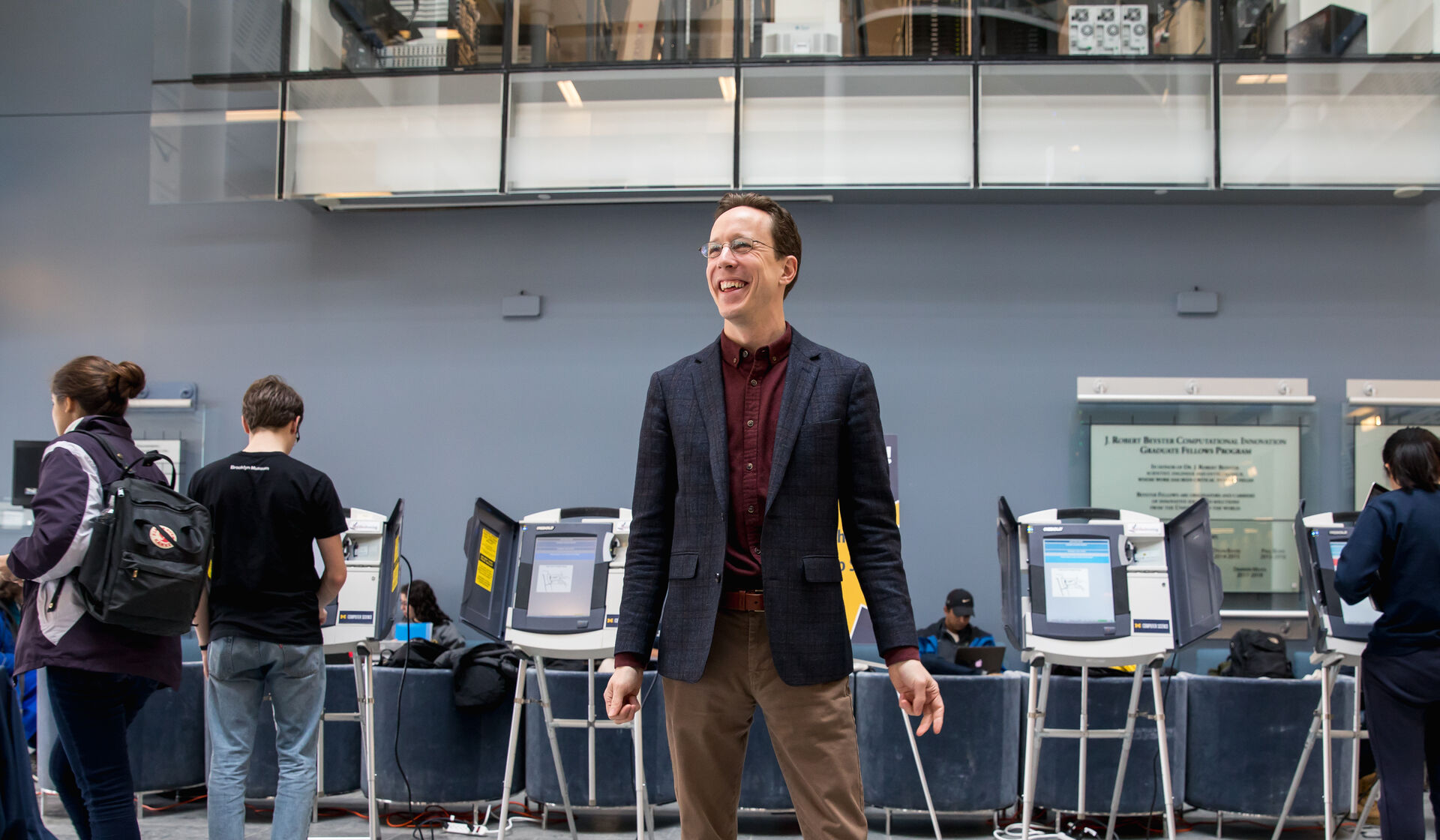Meet Sam: Sam was once an excited, dedicated employee whose go-getter attitude was infectious in their department. They were known for going above and beyond, no matter how rigorous their workload was or how many deadlines loomed ahead. But as weeks turned to months of relentless demands and ceaseless pressure, Sam became more and more ineffective and disconnected from their work.
According to research conducted by Deloitte, 77 percent of employees report having experienced burnout in their current role and signs of workplace burnout — exhaustion, disengagement, lack of productivity, and more — have been on a steady rise.
As many organizations turn their focus to health and wellness programs, such as offering yoga classes, encouraging meditation practices, and connecting employees with health-based apps, these short-term solutions may be causing more harm than help. And attributing the causes of burnout to the employee places the burden of fixing the problem on them, exacerbating their workplace stress and fatigue.
The root causes often lie within systemic issues in the workplace, and the most effective solutions to burnout should come from large-scale organizational changes.
Some key drivers of workplace burnout may be too big for an individual manager to single-handedly solve. Addressing gaps in benefits between higher-level employees and those in more entry-level roles, policies around remote and hybrid work, or systems of oppression in the workplace like sexism or racism can be spearheaded by individual managers but, ultimately, must be tackled by the organization at large to implement true solutions and see real change.
However, there are things the individual manager can address to help combat burnout within their team:
Role Creep
Review your employees’ roles and responsibilities. Take a thorough inventory of what each employee has on their slate and compare it to their job description or what the position was hired to do. Have they taken on additional work that is not accounted for? Do your employees feel that their workloads are manageable? Make this a regular part of your check-ins on a quarterly or annual basis. If an employee needs to take on a task outside their regular responsibilities, make sure it has an end date and provide meaningful recognition for them going above and beyond their regular duties.
Absence of Autonomy
Ensure your employees have the ability to act autonomously. Are they empowered to make decisions on their own? Do they have a say in decisions that impact their job? Do they have the tools necessary to be successful in their roles? If there were any changes to your employees’ responsibilities, ensure the proper upskilling or training was provided. Access to professional development inspires autonomy and contributes to employees’ career growth. When one sees themselves in the future of your organization, chances of burnout decrease.
Unclear Communication
A lack of clear communication is often the root of many issues that contribute to burnout in the workplace. Maintain open lines of communication throughout your team to promote an honest and open work environment. Whether encouraging your employees to voice concerns about workload, share ideas, or be active contributors to decision-making, having a psychologically safe workplace leads to respect among team members and lower rates of burnout. Don’t forget that open communication is a two-way street. Managers should be sure to provide clear expectations and actively and regularly seek feedback on how they’re managing their team. Don’t bother asking for feedback if you don’t plan to use it — learn and adjust your management approach from the feedback you receive.
Workplace burnout is impacting workers at ever-increasing rates. While managers should continue to encourage work-life balance and be on the lookout for the signs of burnout in their employees, take these simple steps to start tackling the systemic issues at the root of burnout. Help get your organization on the right path to addressing burnout by starting with your team.
Brooklyn Posler, ’08, is the associate director of the career program at the Alumni Association of the University of Michigan.





